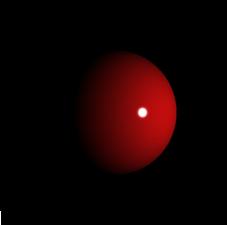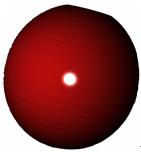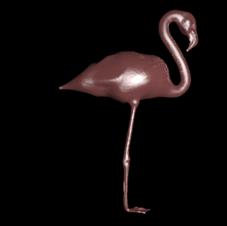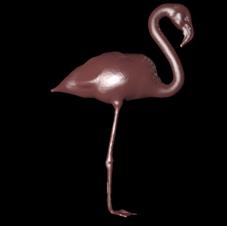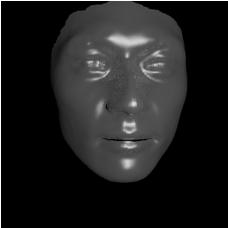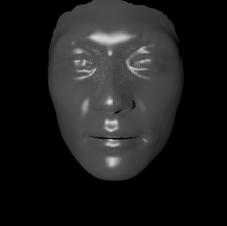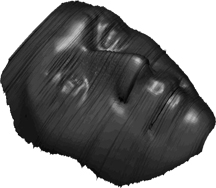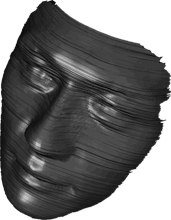| Helmholtz Stereo | ||||||||||||
| 1、Simulation Test on Surface Reconstruction via Helmholtz Reciprocity with a Single Image Pair | ||||||||||||
|
||||||||||||
|
Our objective is to check the feasibility of recovering specular surface by Helmholtz Reciprocity with a Single Image Pair in [1], which takes advantage of the symmetry resulting from alternating the positions of a camera and a light source. This set up allows for the use of the Helmholtz reciprocity principle to recover the shape of smooth surfaces with arbitrary bidirectional reflectance distribution functions without requiring the presence of texture, as well as for exploiting mutual occlusions between images. Different from previous art, the technique introduced in [1] works with as few as one reciprocal pair, and it recovers surface depth and orientation simultaneously by finding the global minimum of an error function via dynamic programming. Since the error is a function not just of depth but of surface orientation as well, the reconstruction is subject to tighter geometric constraints. Given a current estimate of surface geometry and intensity measurements in one image, Helmholtz reciprocity is used to predict the pixel intensity values of the second image. The dynamic program finds the reconstruction that minimizes the total difference between the predicted and measured intensity values. This approach allows for the reconstruction of surfaces displaying specularities and regions of high curvature, which is a challenge commonly encountered in the optical inspection of industrial parts. We implement the method presented in [1]. Experimental results with real simulation data show that the quality of the reconstruction is satisfied.
|
||||||||||||
| 2、Efficient Surface Reconstruction via Helmholtz Reciprocity with Two Image Pairs | ||||||||||||
|
Surface reconstruction method via Helmholtz reciprocity with single image pair has low computational efficiency, and its reconstructed surface appeared layer by layer along scanning lines. We present an efficient surface reconstruction approach via Helmholtz reciprocity with two image pairs[2]. The fundamental idea of this method is to segment the matching epipolar line of one image pair by using the matched epipolar line of the other image pair alternately, which transfers the optimal matching of a whole epipolar line into that of its sub-segments. Dynamic programming without the requirement of endpoint matching is introduced and applied to these sub-segments to get matching and reconstruct 3D surface points. Simulation experimental results show that, compared with the surface reconstruction algorithms using a single image pair, the reconstruction speed of our algorithm increases one order of magnitude and the surface display quality is better since the searching range of dynamic programming on sub-segments is shortened considerably and more surface positions are recovered by using two image pairs. |
||||||||||||
| References: | ||||||||||||
|
||||||||||||
| [ 返回 ] | ||||||||||||
|
|
||||||||||||
